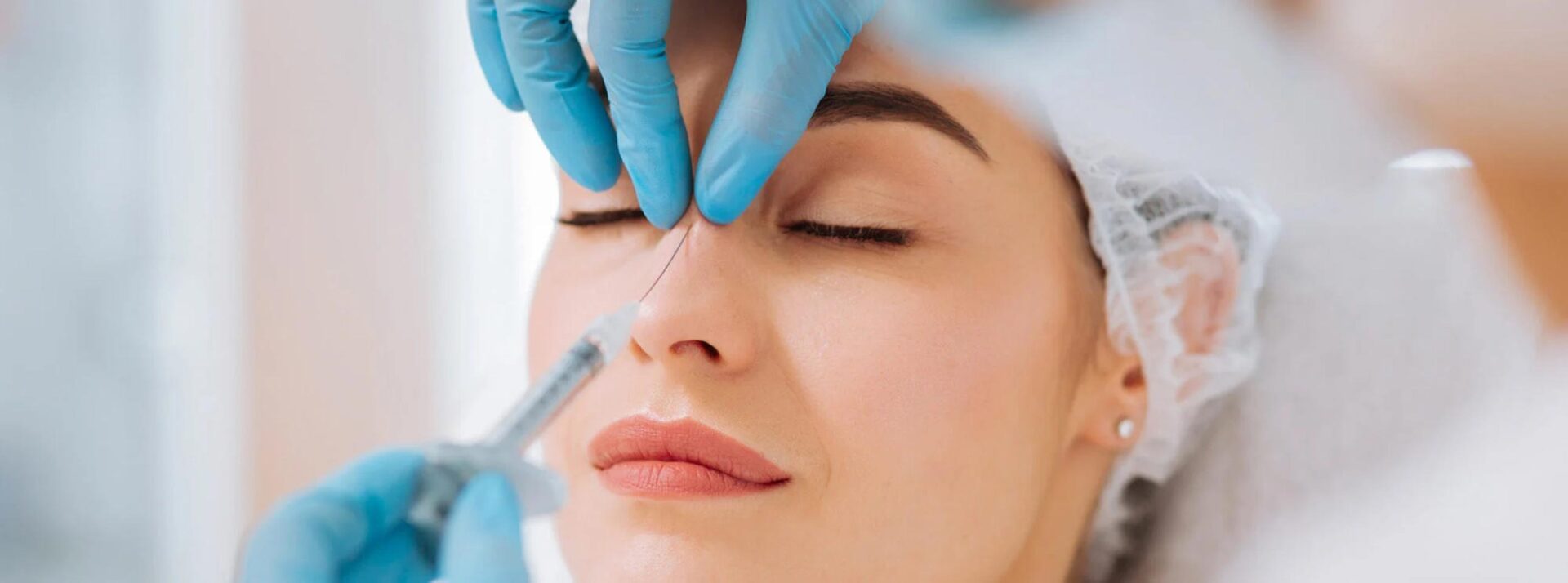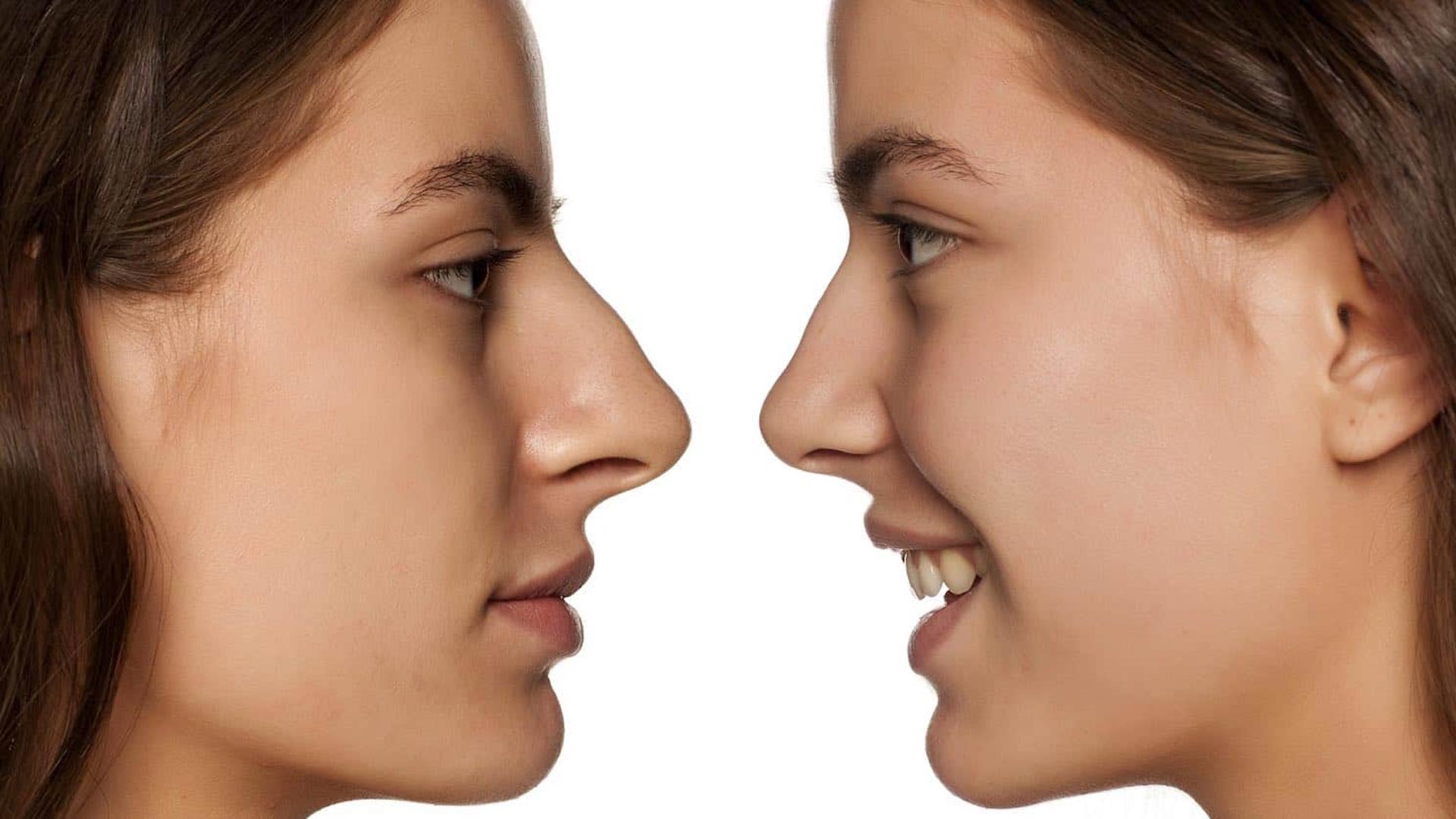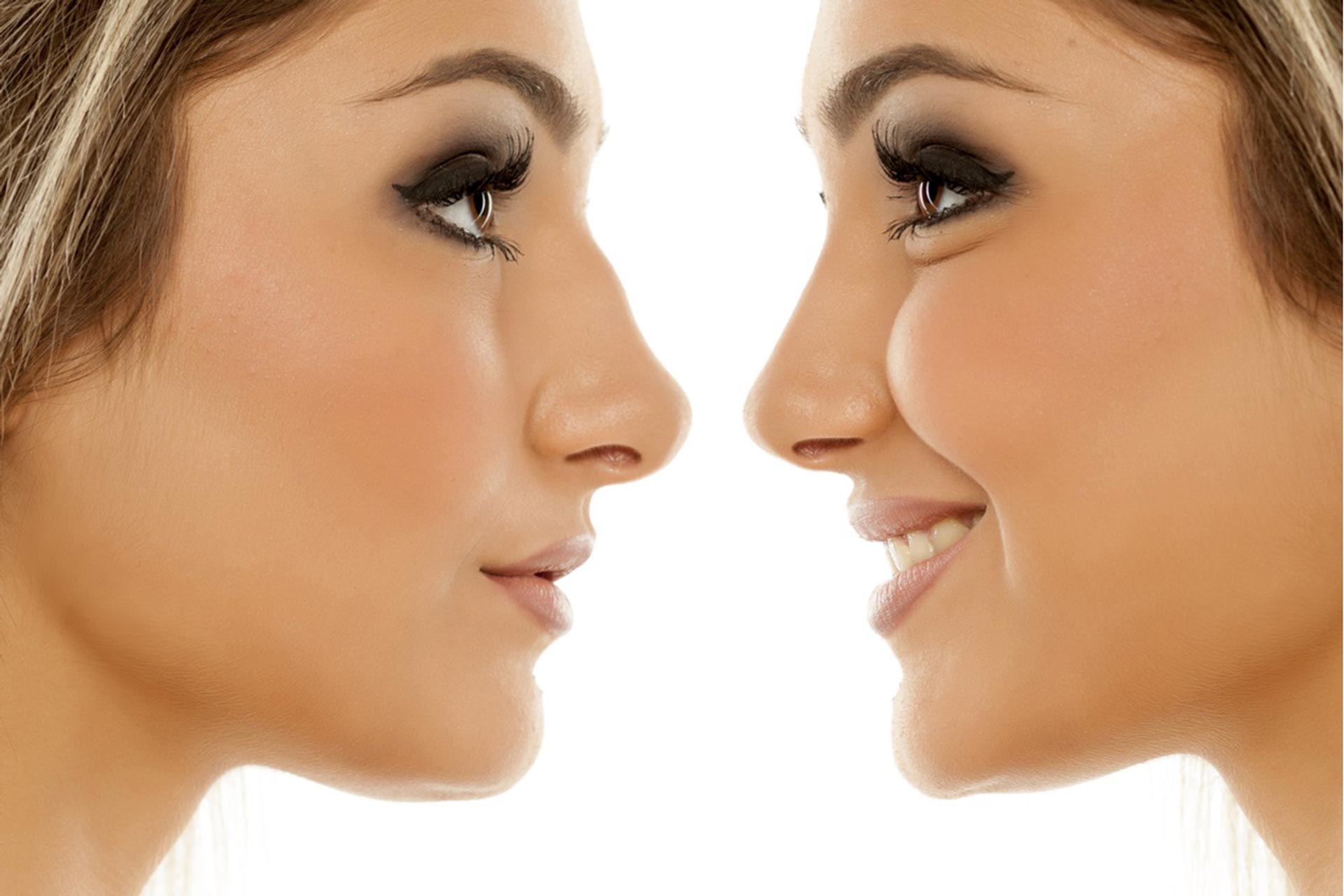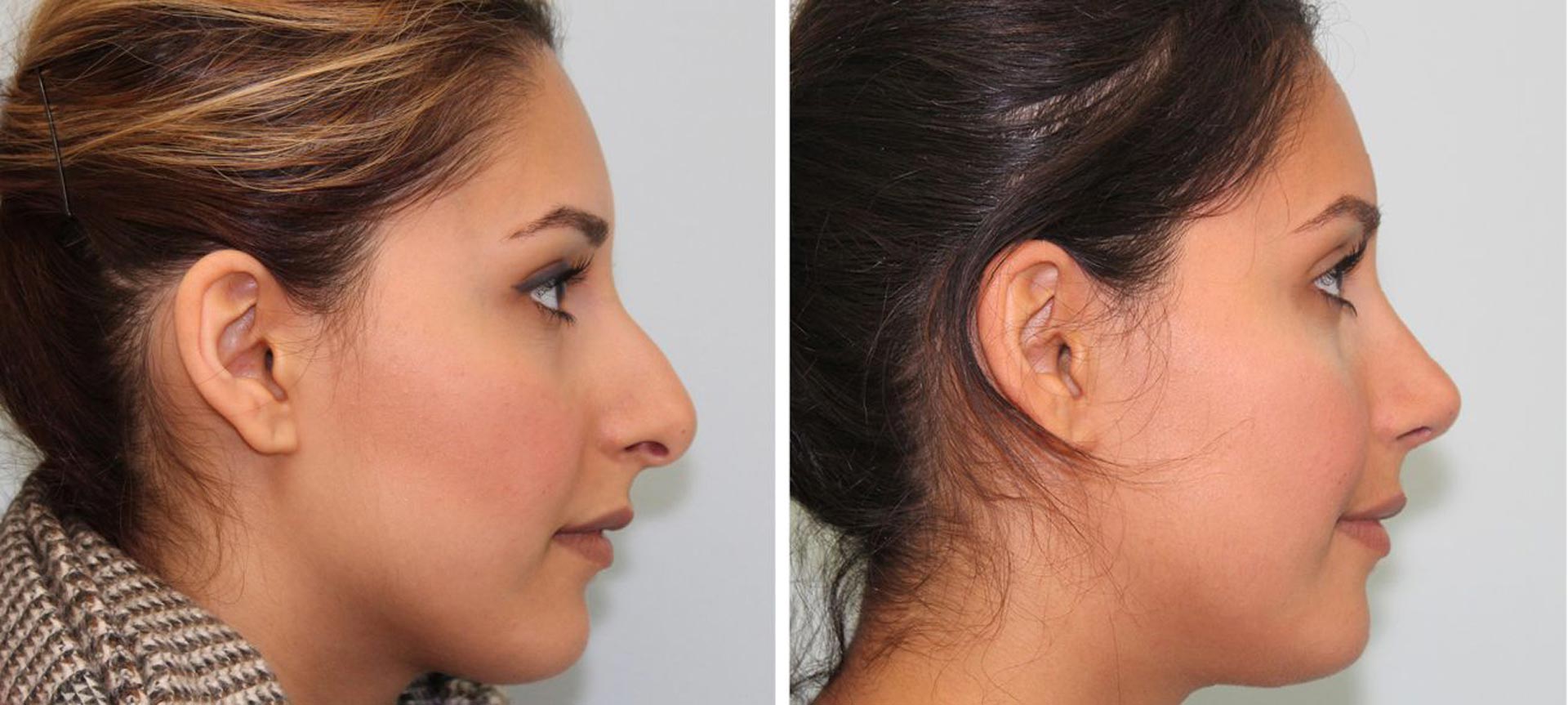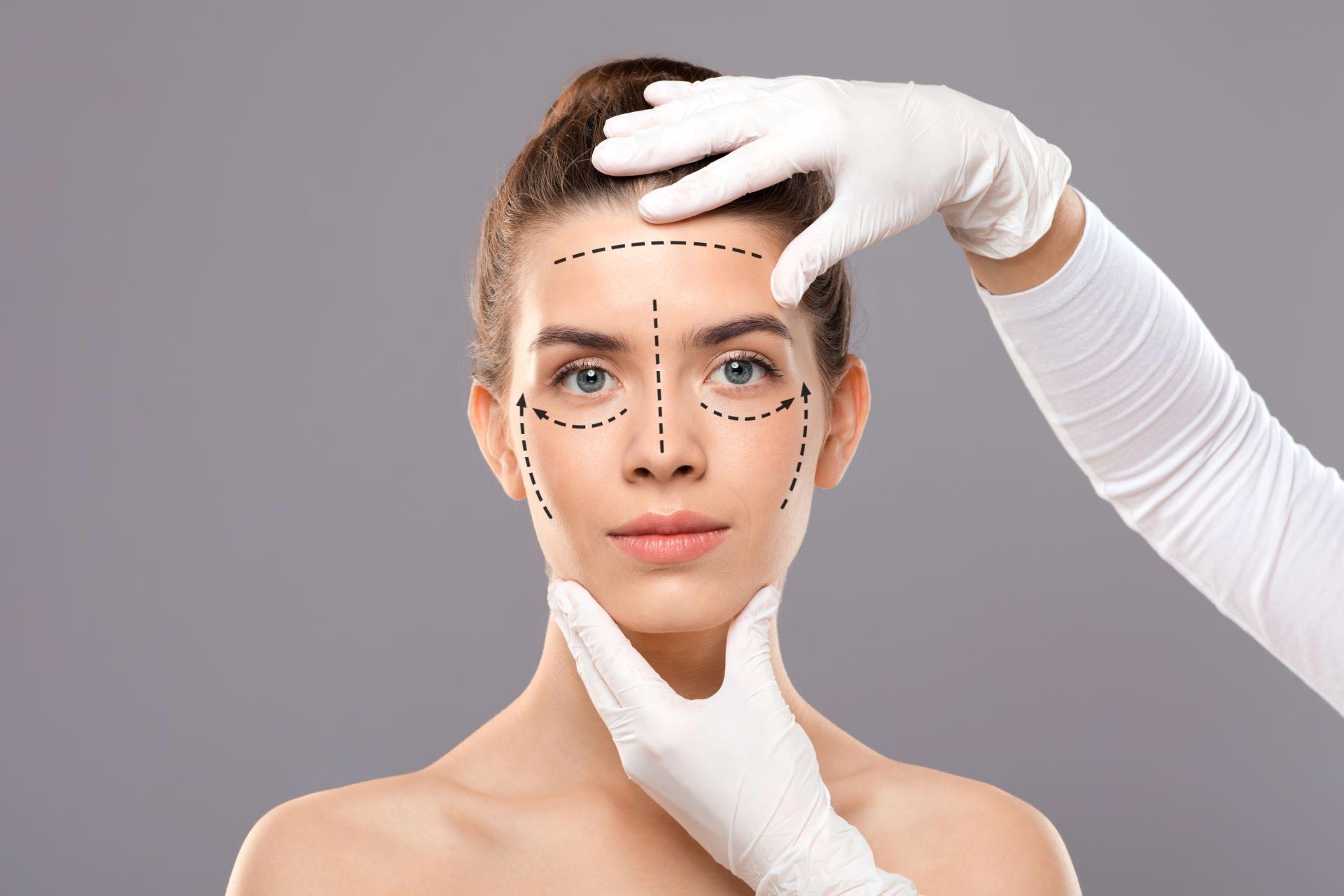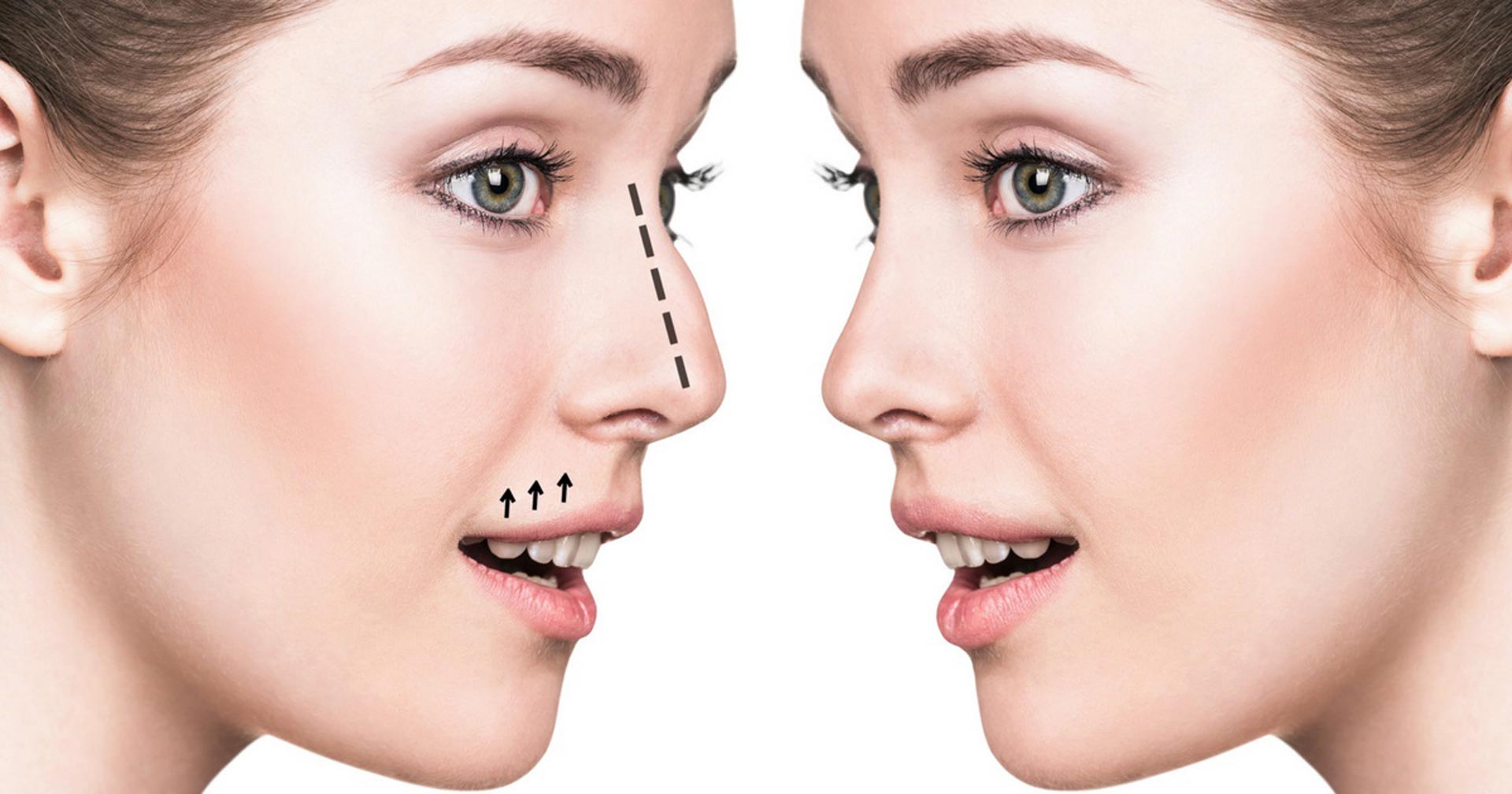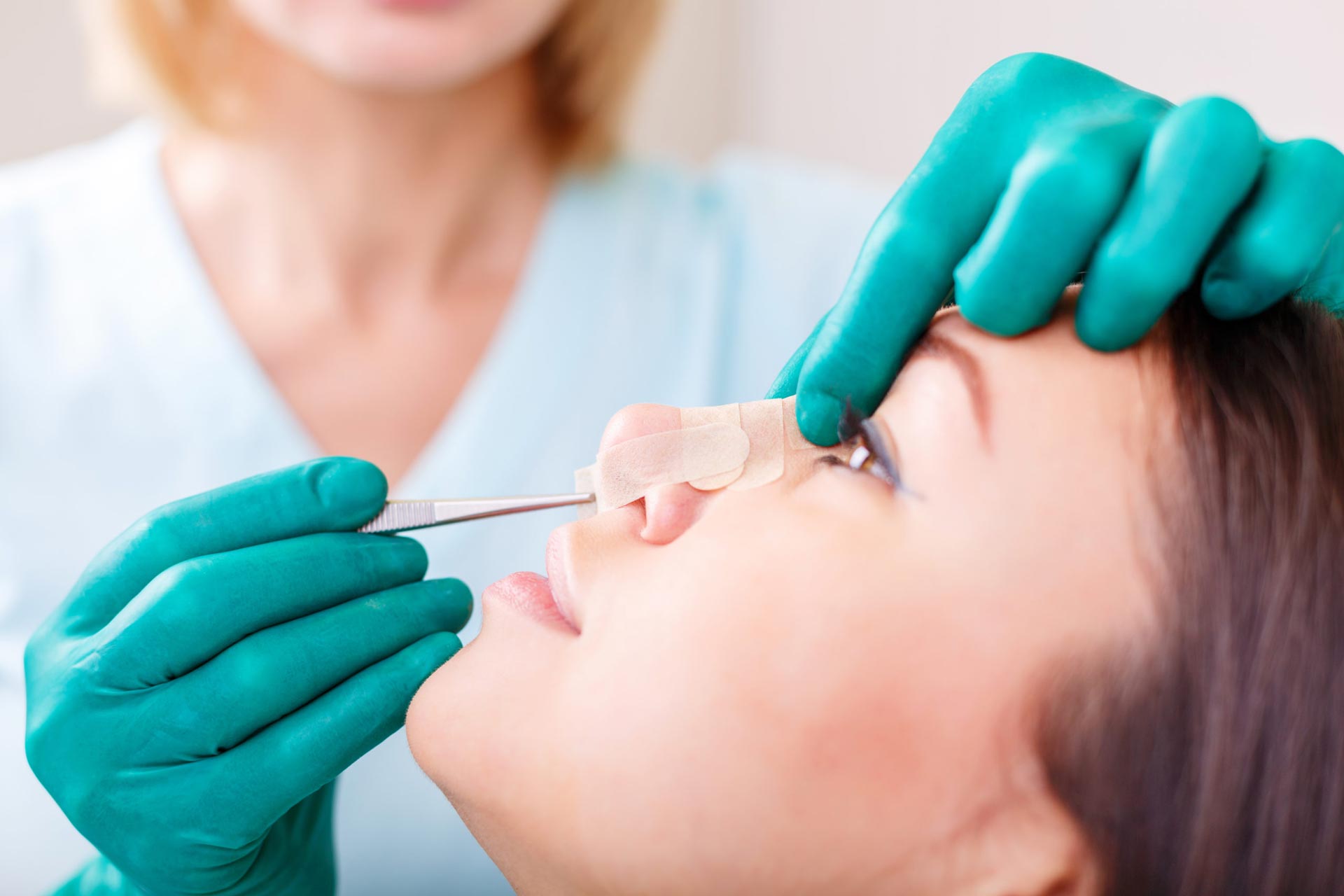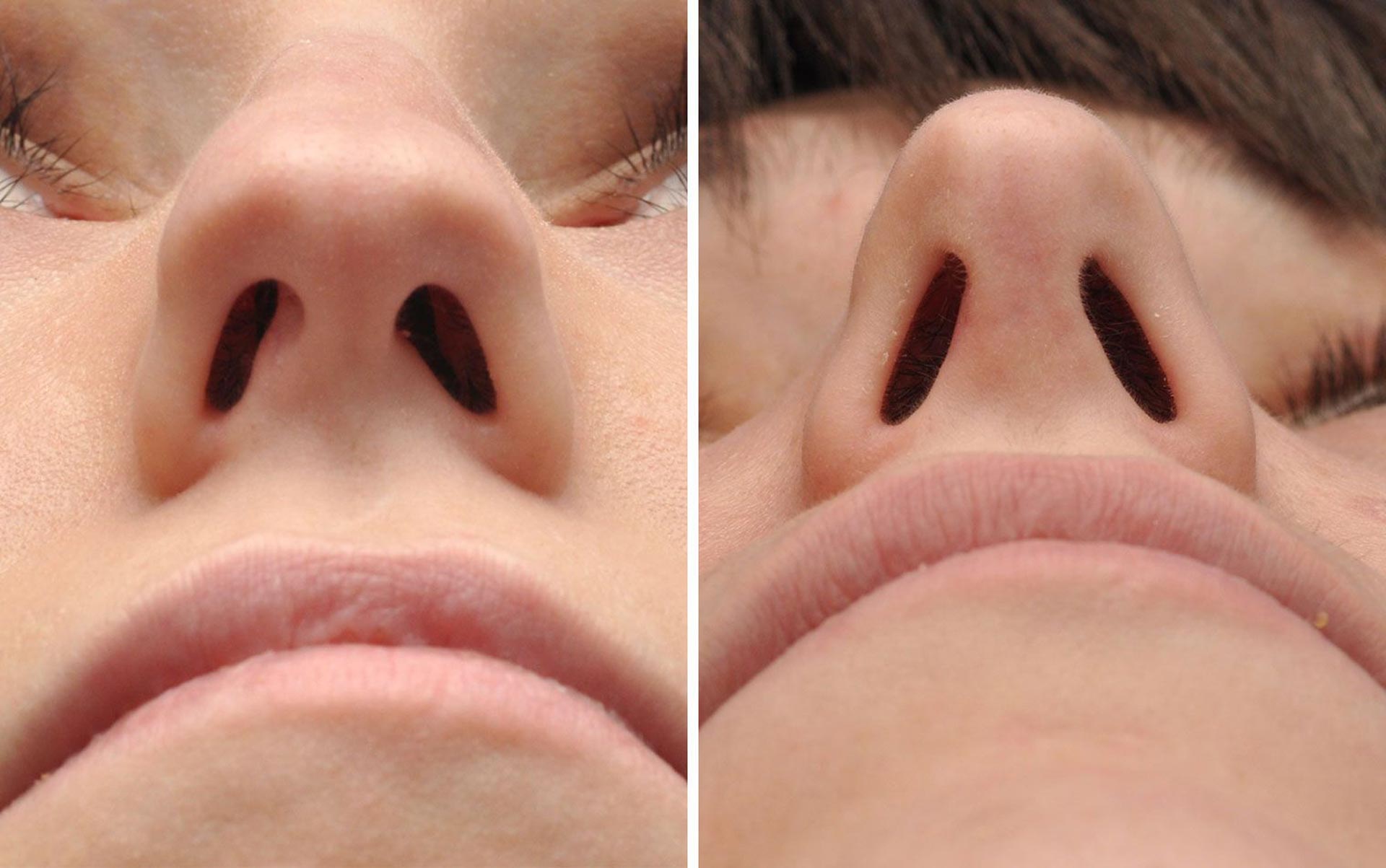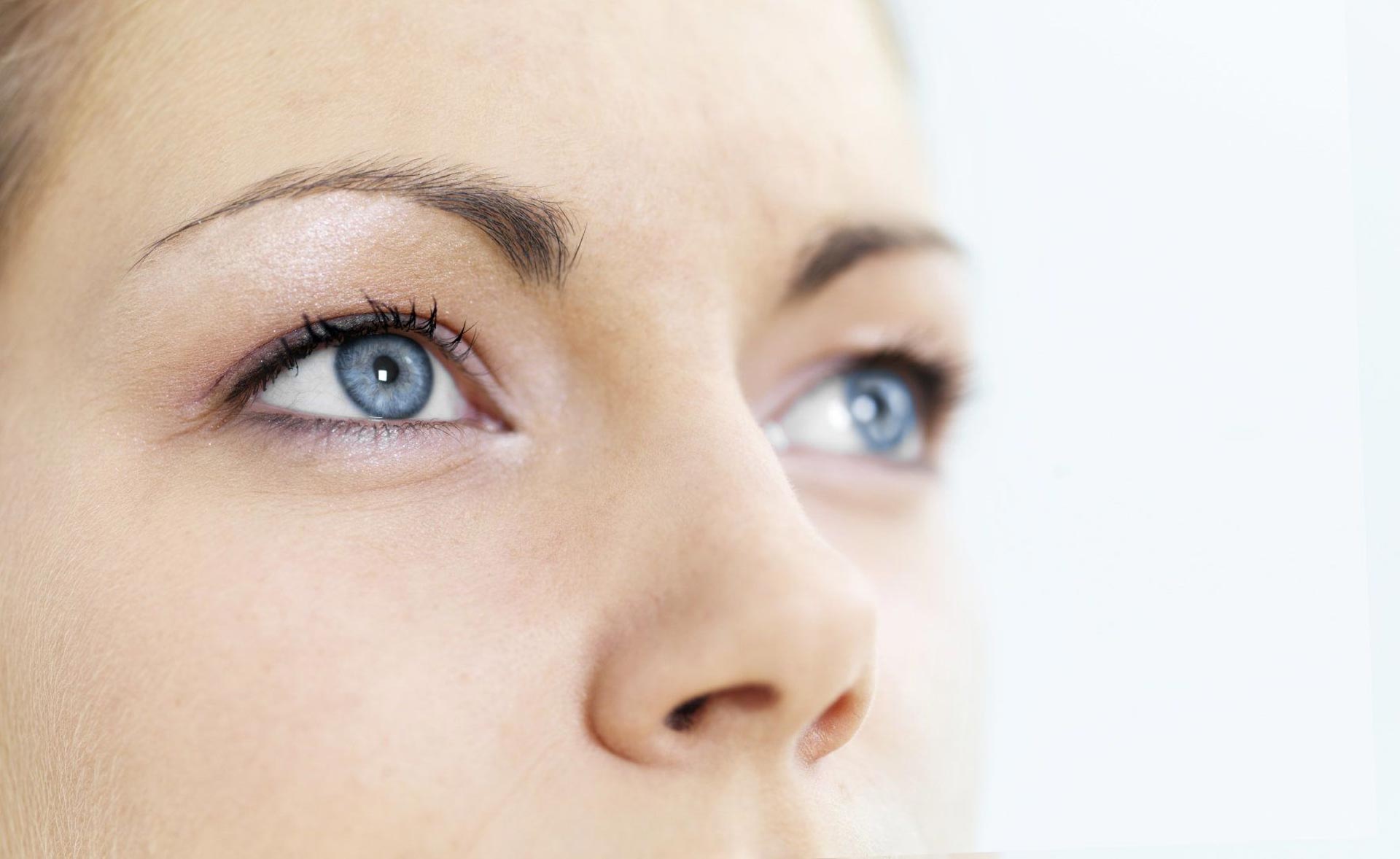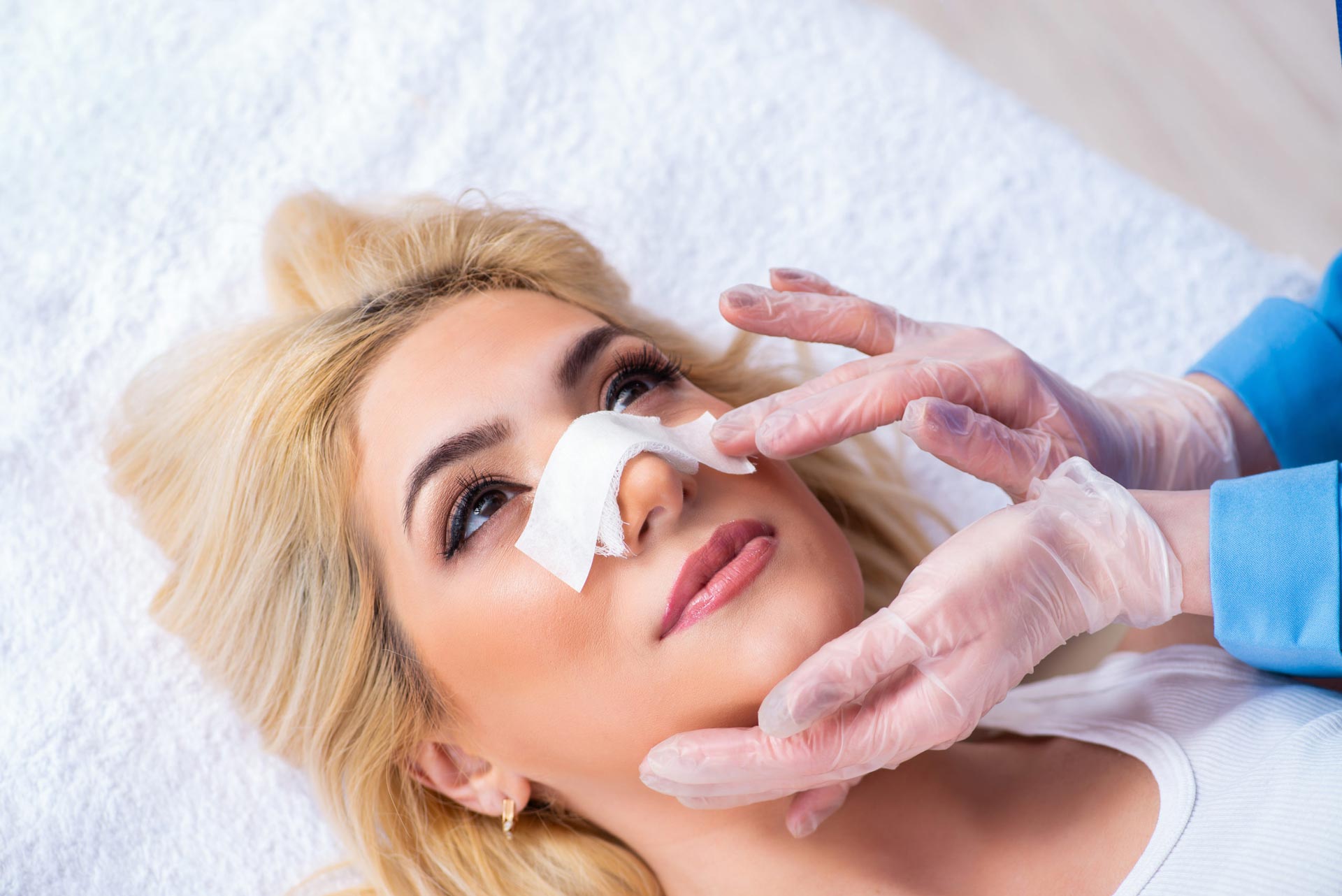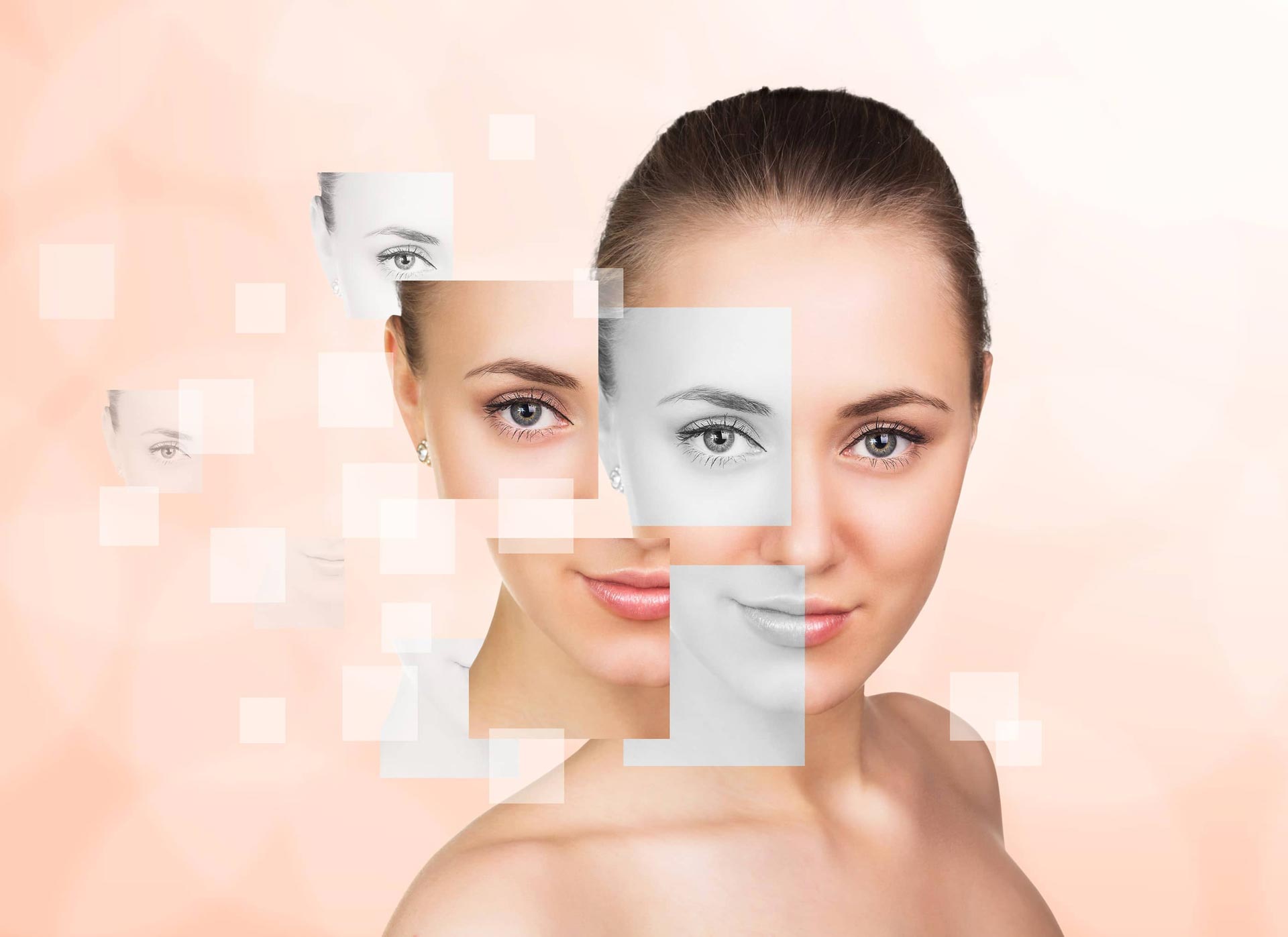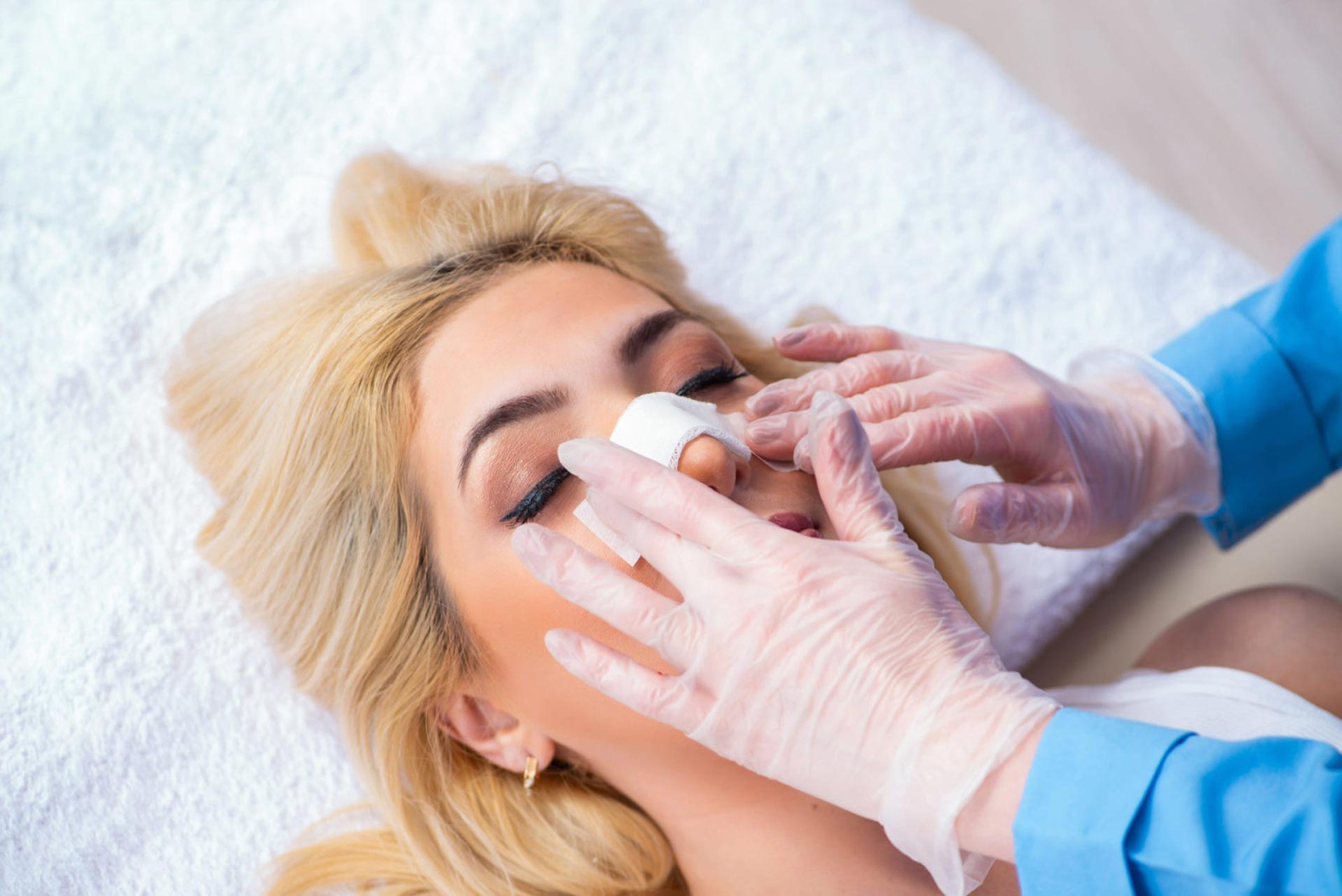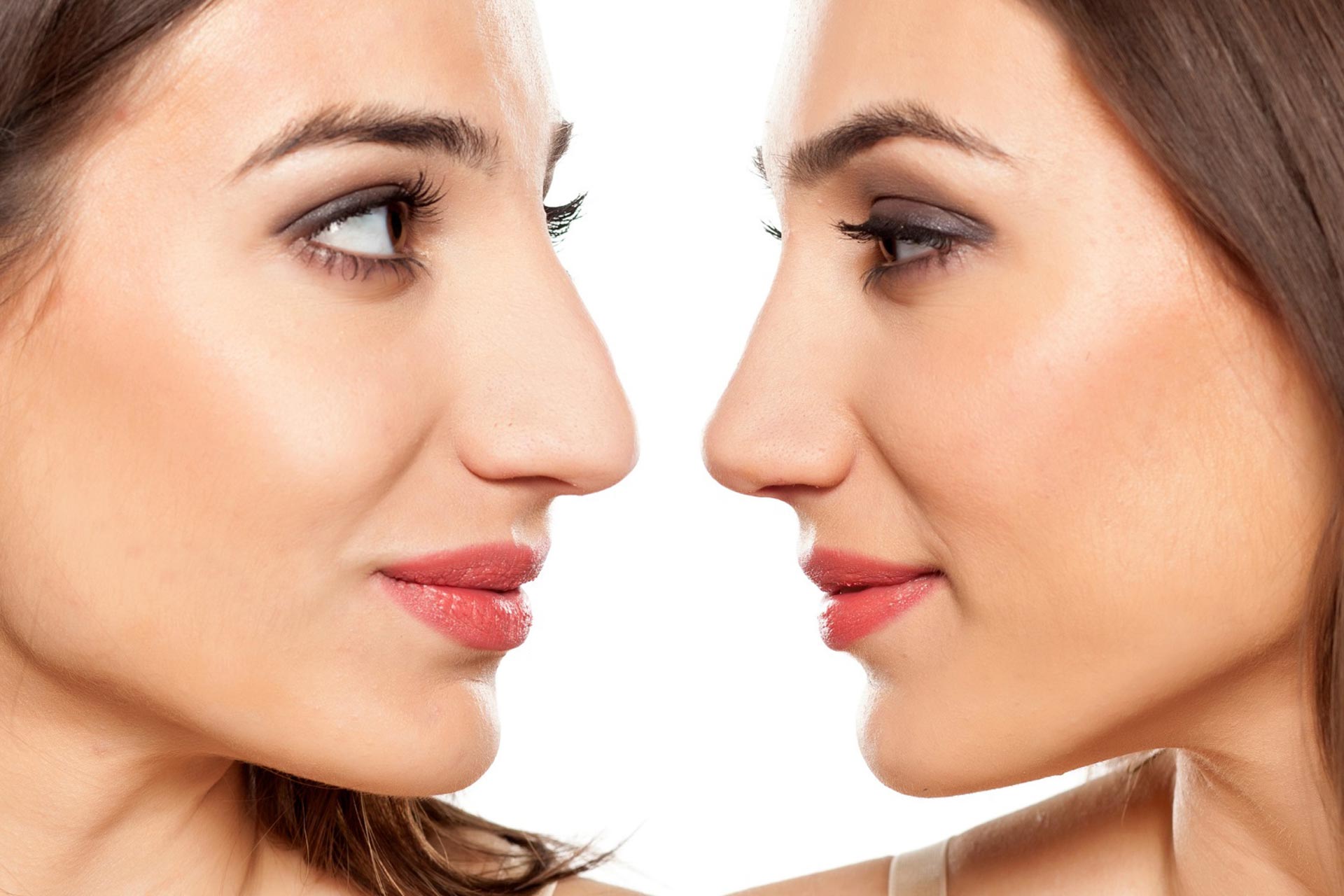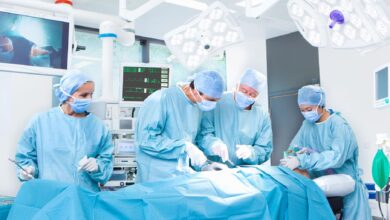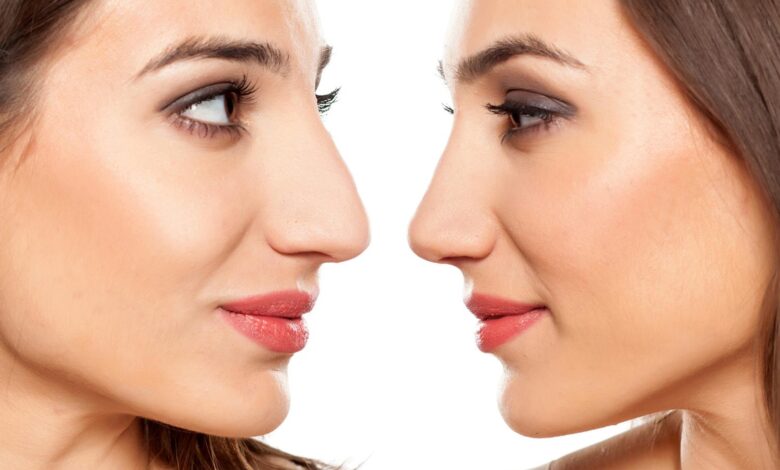
Contents
- 1 13 Rhinoplasty Recovery Tips You Need To Know
- 1.1 Tip #1: Follow your surgeon’s instructions
- 1.2 Tip #2: Keep your head elevated
- 1.3 Tip #3: Avoid blowing your nose
- 1.4 Tip #4: Avoid strenuous activities
- 1.5 Tip #5: Avoid alcohol, smoking, and certain medications
- 1.6 Tip #6: Eat a healthy and balanced diet
- 1.7 Tip #7: Wear sunscreen and protect your nose from the sun
- 1.8 Tip #8: Be gentle with your nose and avoid touching it
- 1.9 Tip #9: Be patient and realistic with your results
- 1.10 Tip #10: Follow up with your surgeon regularly
- 1.11 Tip #11: Use natural remedies to speed up healing
- 1.12 Tip #12: Join a support group or seek professional help if needed
- 1.13 Tip #13: Enjoy your new nose and boost your confidence
- 2 Conclusion
- 3 FAQs
13 Rhinoplasty Recovery Tips You Need To Know
Rhinoplasty, also known as nose surgery or nose job, is a cosmetic procedure that changes the shape, size, or function of your nose. People get rhinoplasty for various reasons, such as to improve their appearance, correct a birth defect, repair an injury, or relieve a breathing problem. Rhinoplasty can enhance your facial harmony, boost your self-esteem, and improve your quality of life.
However, rhinoplasty is not a simple or risk-free procedure. It involves surgery, anesthesia, and recovery time. It can also cause complications, such as bleeding, infection, scarring, or dissatisfaction with the results. Therefore, it is important to follow the recovery tips that your surgeon will give you before and after the surgery. These tips will help you heal faster, prevent problems, and achieve the best possible outcome.
In this article, we will share with you 13 rhinoplasty recovery tips that you need to know. These tips are based on the latest research and expert advice, and they will guide you through every stage of the recovery process. By following these tips, you will be able to enjoy your new nose and your new look with confidence and satisfaction.
Tip #1: Follow your surgeon’s instructions
The first and most important tip for rhinoplasty recovery is to follow your surgeon’s instructions. Your surgeon is the best person to advise you on how to prepare for the surgery and what to expect after it. Your surgeon will give you detailed and personalized instructions on how to take care of yourself and your nose during the recovery period. These instructions may include:
- How to prepare for the surgery, such as what to eat, drink, or avoid, what medications to take or stop, and what to bring with you to the hospital
- How to take care of the surgical site, such as how to clean, dress, or protect it, and how to prevent infection or complications
- How to manage pain and swelling, such as what painkillers to use or avoid, how to apply ice or heat, and how to reduce inflammation or bruising
- When to contact your surgeon, such as if you have any signs of infection, bleeding, or abnormal healing, or if you have any questions or concerns
It is essential to follow your surgeon’s instructions carefully and faithfully. Do not deviate from them or follow any other advice that is not approved by your surgeon. Doing so may jeopardize your recovery and your results. If you have any doubts or difficulties, do not hesitate to contact your surgeon for clarification or assistance.
Tip #2: Keep your head elevated
The second tip for rhinoplasty recovery is to keep your head elevated. Keeping your head elevated helps with healing and reduces swelling by promoting blood circulation and drainage. It also prevents pressure or tension on your nose and prevents blood from pooling or clotting in your nasal tissues.
To keep your head elevated, you can use pillows, recliners, or wedges to support your head and neck. Make sure that your head is higher than your heart and that your neck is not bent or twisted. You can also use a travel pillow or a rolled-up towel to support your neck and prevent your head from rolling to the side.
You should keep your head elevated at all times, especially when you sleep or rest. You should avoid lying flat on your back or on your side, as this can cause swelling, pain, or damage to your nose. You should also avoid bending over or lifting heavy objects, as this can increase blood pressure and bleeding.
You should keep your head elevated for at least two weeks after the surgery, or as long as your surgeon recommends. You can gradually lower your head position as your swelling and healing improve. You can also change your position occasionally to prevent stiffness or soreness, but make sure to do it gently and carefully.
Tip #3: Avoid blowing your nose
The third tip for rhinoplasty recovery is to avoid blowing your nose. Blowing your nose can cause bleeding, infection, or damage to the nasal tissues, especially in the first few weeks after the surgery. Blowing your nose can also dislodge the splint, stitches, or packing that your surgeon may have placed inside your nose to support and protect it.
To avoid blowing your nose, you should clear your nose of mucus or blood clots by gently dabbing it with a soft tissue or cotton swab. You should not insert anything into your nostrils or pull out anything that is stuck inside. You should also avoid sneezing or coughing forcefully, as this can also cause pressure or trauma to your nose.
Tip #4: Avoid strenuous activities
The fourth tip for rhinoplasty recovery is to avoid strenuous activities. Strenuous activities can increase blood pressure, bleeding, and swelling, and delay your healing. They can also cause pain, discomfort, or damage to your nose.
Strenuous activities include any physical or mental activities that raise your heart rate, blood pressure, or body temperature, such as:
- Exercise, sports, or workouts
- Heavy lifting, bending, or straining
- Sexual activity or masturbation
- Stress, anxiety, or anger
- Hot showers, baths, or saunas
- Smoking, drinking, or using drugs
You should avoid these activities for at least four to six weeks after the surgery, or as long as your surgeon advises. You should also avoid any activities that involve contact or pressure on your nose, such as wearing glasses, sunglasses, or masks, or playing musical instruments.
You can resume your normal activities gradually and cautiously, as your healing and comfort allow. You should start with low-impact and gentle activities, such as walking, stretching, or yoga, and increase the intensity and duration slowly and carefully. You should also listen to your body and stop or rest if you feel any pain, discomfort, or fatigue.
Tip #5: Avoid alcohol, smoking, and certain medications
The fifth tip for rhinoplasty recovery is to avoid alcohol, smoking, and certain medications. These substances can interfere with your healing and cause complications, such as:
- Alcohol can thin your blood, increase bleeding and swelling, and dehydrate your body. It can also interact with your painkillers or antibiotics and cause adverse effects.
- Smoking can impair your blood circulation, oxygen delivery, and wound healing. It can also increase your risk of infection, scarring, or necrosis (tissue death).
- Certain medications can affect your blood clotting, healing, or inflammation. These include aspirin, ibuprofen, naproxen, and other non-steroidal anti-inflammatory drugs (NSAIDs), as well as vitamin E, herbal supplements, or blood thinners.
You should avoid these substances for at least two weeks before and after the surgery, or as long as your surgeon recommends. You should also consult your surgeon before taking any new or over-the-counter medications, vitamins, or supplements. You should only take the medications that your surgeon prescribes or approves for your recovery.
You can use alternatives to these substances if you need pain relief or relaxation, such as:
- Acetaminophen (Tylenol) or other painkillers that your surgeon prescribes or approves
- Ice packs, cold compresses, or cooling gels to reduce pain and swelling
- Aromatherapy, meditation, or music to calm your nerves and mood
Tip #6: Eat a healthy and balanced diet
The sixth tip for rhinoplasty recovery is to eat a healthy and balanced diet. A healthy and balanced diet can promote your healing and prevent infection, by providing you with the nutrients, vitamins, and minerals that your body needs. It can also help you maintain your weight and avoid fluctuations that can affect your nose shape.
You should eat foods that are rich in protein, fiber, antioxidants, and anti-inflammatory properties, such as:
- Lean meats, fish, eggs, or tofu
- Fruits, vegetables, nuts, or seeds
- Whole grains, oats, or quinoa
- Yogurt, cheese, or milk
You should avoid foods that are high in sodium, sugar, fat, or spice, such as:
- Processed, canned, or frozen foods
- Fast food, junk food, or snacks
- Sweets, cakes, or pastries
- Spicy, acidic, or hot foods
These foods can increase your swelling, inflammation, or bleeding, and delay your healing. They can also cause dehydration, constipation, or weight gain, which can affect your recovery and your results.
You should also stay hydrated and avoid dehydration, which can impair your healing and cause headaches, dizziness, or fatigue. You should drink plenty of water, juice, or tea, and avoid caffeinated, carbonated, or alcoholic beverages. You should also avoid drinking from a straw, as this can create suction and pressure on your nose.
Tip #7: Wear sunscreen and protect your nose from the sun
The seventh tip for rhinoplasty recovery is to wear sunscreen and protect your nose from the sun. Sunscreen and sun protection are essential for your nose after rhinoplasty, as the sun can affect your nose and cause discoloration, scarring, or inflammation. The sun can also damage your skin and increase your risk of skin cancer.
To protect your nose from the sun, you should:
- Choose and apply a sunscreen that has a sun protection factor (SPF) of at least 30, and that is broad-spectrum, water-resistant, and hypoallergenic. You should apply it generously and evenly on your nose and face, and reapply it every two hours or after sweating or swimming.
- Wear a hat, cap, or scarf that covers your nose and shades your face from the sun. You should choose a hat that is wide-brimmed, light-colored, and breathable, and that does not press or rub on your nose.
- Avoid direct sunlight and seek shade whenever possible. You should avoid going out during the peak hours of the sun, which are between 10 a.m. and 4 p.m. You should also avoid tanning beds, lamps, or booths, as they emit harmful ultraviolet (UV) rays.
You should follow these measures for at least six months after the surgery, or as long as your surgeon advises. You should also monitor your nose and skin for any changes or signs of sun damage, such as redness, itching, burning, or peeling, and contact your surgeon if you notice any problems.
Tip #8: Be gentle with your nose and avoid touching it
The eighth tip for rhinoplasty recovery is to be gentle with your nose and avoid touching it. Being gentle with your nose and avoiding touching it can prevent damage and infection, and allow your nose to heal properly and naturally. Touching your nose can also affect your results, as it can alter the shape or position of your nose or cause asymmetry or irregularities.
To be gentle with your nose and avoid touching it, you should:
- Clean your nose and remove the splint, stitches, or packing as instructed by your surgeon. You should use a gentle cleanser, a soft cloth, and a cotton swab to clean your nose and nostrils, and avoid rubbing, scrubbing, or picking at your nose. You should also follow your surgeon’s directions on how and when to remove the splint, stitches, or packing, and avoid doing it yourself or prematurely.
- Avoid bumping, rubbing, or scratching your nose. You should be careful when washing your face, brushing your teeth, or shaving, and avoid any movements that can cause contact or friction on your nose. You should also avoid wearing glasses, sunglasses, or masks that can put pressure or weight on your nose, and use tape or pads to lift them off your nose if necessary.
- Avoid expressing emotions that can move your nose, such as smiling, laughing, or frowning. You should also avoid making facial expressions that can stretch or contract your nose, such as squinting, wrinkling, or flaring your nose. You should try to keep your face as relaxed and neutral as possible, and avoid any situations that can trigger strong emotions, such as watching movies, reading books, or having conversations.
You should follow these precautions for at least two to four weeks after the surgery, or as long as your surgeon recommends. You should also be patient and gentle with yourself, and avoid being too critical or judgmental of your nose or your appearance. You should remember that your nose is still healing and changing, and that it will take time for it to settle into its final shape and look.
Tip #9: Be patient and realistic with your results
The ninth tip for rhinoplasty recovery is to be patient and realistic with your results. Being patient and realistic with your results can help you cope with the recovery process and achieve the best possible outcome. It can also prevent you from being disappointed, frustrated, or unhappy with your nose or your decision to get rhinoplasty.
To be patient and realistic with your results, you should:
- Understand that rhinoplasty is a complex and delicate procedure, and that it takes time for your nose to heal and settle into its final shape. You should not expect to see the final results immediately after the surgery, or even after the swelling and bruising subside. You should expect to see gradual and subtle changes in your nose over several months or even a year, as your nose adapts to the new structure and the surrounding tissues.
- Accept that rhinoplasty is not a perfect or magical procedure, and that it has its limitations and risks. You should not expect to get a flawless or ideal nose, or to look like someone else or a celebrity. You should also be aware of the possible complications or side effects of rhinoplasty, such as infection, bleeding, scarring, or dissatisfaction with the results. You should be prepared to deal with these issues if they arise, and to follow your
Tip #10: Follow up with your surgeon regularly
The tenth tip for rhinoplasty recovery is to follow up with your surgeon regularly. Following up with your surgeon regularly is important for your recovery and satisfaction, as your surgeon can monitor your healing, address any issues or concerns, and adjust your treatment plan if needed. Your surgeon can also provide you with feedback, guidance, and support throughout the recovery process.
You should see your surgeon at least once a week for the first month after the surgery, and then less frequently as your healing progresses. You should expect to have several follow-up visits, such as:
- The first visit, usually one day after the surgery, to check your vital signs, remove the packing, and clean your nose
- The second visit, usually one week after the surgery, to remove the splint and stitches, and evaluate your initial results
- The third visit, usually one month after the surgery, to assess your healing, swelling, and breathing, and make any minor corrections if necessary
- The fourth visit, usually three months after the surgery, to measure your final results, compare your before and after photos, and discuss any further improvements or revisions if desired
You should also contact your surgeon anytime you have any questions, concerns, or problems, such as signs of infection, bleeding, or abnormal healing. You should also inform your surgeon of any changes in your medical history, medications, or lifestyle, as these may affect your recovery and your results.
Tip #11: Use natural remedies to speed up healing
The eleventh tip for rhinoplasty recovery is to use natural remedies to speed up healing. Natural remedies can be helpful and safe for your recovery, as they can provide you with additional benefits, such as soothing, moisturizing, or anti-inflammatory effects. They can also complement your medical treatment and enhance your results.
Some of the natural remedies that you can use for rhinoplasty recovery are:
- Aloe vera gel, which can hydrate, heal, and protect your skin, and reduce redness, swelling, or scarring
- Arnica montana, which can stimulate blood flow, reduce bruising, or pain, and accelerate healing
- Bromelain, which can break down proteins, reduce inflammation, or swelling, and improve digestion
- Chamomile tea, which can calm your nerves, relax your muscles, and ease your pain
- Lavender oil, which can soothe your senses, relieve your stress, and promote sleep
You can use these remedies by applying them topically, taking them orally, or inhaling them aromatically, depending on the product and the instructions. You should always consult your surgeon before using any natural remedies, and follow the dosage and frequency recommendations. You should also test the remedies on a small area of your skin first, and stop using them if you have any allergic reactions or side effects.
Tip #12: Join a support group or seek professional help if needed
The twelfth tip for rhinoplasty recovery is to join a support group or seek professional help if needed. Joining a support group or seeking professional help can be beneficial for your recovery, as they can provide you with emotional and practical support. They can also help you cope with the challenges, changes, or expectations that come with rhinoplasty.
A support group is a group of people who have undergone or are undergoing rhinoplasty, and who share their experiences, feelings, and tips with each other. A support group can offer you:
- A sense of belonging, understanding, and empathy
- A source of information, advice, and feedback
- A platform to express your emotions, concerns, or doubts
- A way to motivate, inspire, or encourage yourself and others
A professional is a qualified and experienced person who can provide you with psychological or counseling services. A professional can offer you:
- A safe, confidential, and objective space to talk
- A comprehensive assessment, diagnosis, and treatment plan
- A range of techniques, strategies, or tools to help you overcome your issues or achieve your goals
- A way to monitor, evaluate, or modify your progress or outcomes
You can find and join a support group or a professional online or offline, depending on your preference and availability. You should look for a reputable, reliable, and suitable option that meets your needs and expectations. You should also be open, honest, and respectful with your group members or your professional, and follow their rules or guidelines.
Tip #13: Enjoy your new nose and boost your confidence
The thirteenth and final tip for rhinoplasty recovery is to enjoy your new nose and boost your confidence. Enjoying your new nose and boosting your confidence can improve your quality of life, as you can feel more comfortable, attractive, and happy with yourself and your appearance. You can also appreciate and celebrate your new nose and your decision to get rhinoplasty, and reap the rewards of your investment.
To enjoy your new nose and boost your confidence, you should:
- Appreciate the positive changes and improvements that rhinoplasty has brought to your nose and your face, such as the shape, size, or function of your nose, the balance or harmony of your facial features, or the expression or mood of your face
- Celebrate your new nose and your decision to get rhinoplasty, such as by taking photos, sharing your story, or treating yourself to something special, such as a new outfit, a makeover, or a vacation
- Maintain and enhance your nose and your overall appearance, such as by following a healthy and balanced diet, exercising regularly, wearing sunscreen and sun protection, using skincare products, or getting touch-ups or revisions if needed
Conclusion
In conclusion, rhinoplasty is a cosmetic procedure that can change the shape, size, or function of your nose, and improve your appearance, self-esteem, and quality of life. However, rhinoplasty is not a simple or risk-free procedure, and it requires surgery, anesthesia, and recovery time. Therefore, it is important to follow the recovery tips that your surgeon will give you before and after the surgery, to help you heal faster, prevent problems, and achieve the best possible outcome.
In this article, we have shared with you 13 rhinoplasty recovery tips that you need to know. These tips are based on the latest research and expert advice, and they will guide you through every stage of the recovery process. By following these tips, you will be able to enjoy your new nose and your new look with confidence and satisfaction.
If you are interested in getting rhinoplasty, or if you have any questions or concerns about the procedure or the recovery, you should contact a qualified and experienced surgeon who can provide you with more information and assistance. You should also do your own research and prepare yourself mentally and physically for the surgery and the recovery. Rhinoplasty is a personal and life-changing decision, and you should make it wisely and carefully.
FAQs
Here are some frequently asked questions and answers about rhinoplasty recovery:
Q: How long does rhinoplasty recovery take?
A: Rhinoplasty recovery varies from person to person, depending on the type and extent of the surgery, the individual’s healing ability, and the adherence to the recovery tips. In general, rhinoplasty recovery can be divided into three phases:
- The first phase, which lasts for one to two weeks, is the most critical and intensive phase, as the nose is still swollen, bruised, and sensitive, and requires the most care and attention.
- The second phase, which lasts for two to three months, is the intermediate phase, as the nose gradually heals and settles into its new shape, and requires less care and attention.
- The third phase, which lasts for six to twelve months, is the final phase, as the nose fully heals and settles into its final shape, and requires minimal care and attention.
Q: How can I reduce the swelling after rhinoplasty?
A: Swelling is a normal and expected part of rhinoplasty recovery, as it is the body’s natural response to the surgery and the healing process. Swelling can last for several months or even a year, and it can affect the appearance and the function of the nose. To reduce the swelling after rhinoplasty, you can:
- Keep your head elevated, as this can promote blood circulation and drainage, and prevent pressure or tension on your nose
- Avoid blowing your nose, as this can cause bleeding, infection, or damage to the nasal tissues
- Avoid strenuous activities, as this can increase blood pressure, bleeding, and swelling
- Avoid alcohol, smoking, and certain medications, as these can interfere with healing and cause complications
- Eat a healthy and balanced diet, as this can provide you with the nutrients, vitamins, and minerals that your body needs
- Wear sunscreen and protect your nose from the sun, as this can prevent discoloration, scarring, or inflammation
- Use natural remedies, such as aloe vera gel, arnica montana, bromelain, chamomile tea, or lavender oil, as these can provide you with additional benefits, such as soothing, moisturizing, or anti-inflammatory effects
Q: How can I breathe better after rhinoplasty?
A: Breathing can be difficult or uncomfortable after rhinoplasty, as the nose may be swollen, congested, or blocked by the splint, stitches, or packing. Breathing can also be affected by the changes in the shape or function of the nose, such as the narrowing of the nostrils, the straightening of the septum, or the correction of a deviated septum. To breathe better after rhinoplasty, you can:
- Keep your head elevated, as this can prevent pressure or tension on your nose and allow air to flow more easily
- Avoid blowing your nose, as this can cause bleeding, infection, or damage to the nasal tissues
- Clear your nose of mucus or blood clots by gently dabbing it with a soft tissue or cotton swab
- Use saline spray, humidifier, or steam to moisten your nasal passages and loosen any crusts or scabs
- Avoid allergens, irritants, or pollutants that can trigger nasal congestion, inflammation, or infection, such as dust, pollen, smoke, or perfume
- Use nasal strips, dilators, or sprays to open up your nostrils and improve your airflow
- Do breathing exercises, such as deep breathing, diaphragmatic breathing, or alternate nostril breathing, to strengthen your respiratory muscles, increase your oxygen intake, and relax your mind
Q: How can I sleep better after rhinoplasty?
A: Sleeping can be challenging or uncomfortable after rhinoplasty, as the nose may be swollen, sore, or sensitive, and the sleeping position may be restricted or unfamiliar. Sleeping can also be affected by the pain, discomfort, or anxiety that may accompany the recovery process. To sleep better after rhinoplasty, you can:
- Keep your head elevated, as this can reduce swelling, pain, or pressure on your nose and improve your breathing
- Use pillows, recliners, or wedges to support your head and neck and prevent your head from rolling to the side
- Avoid lying flat on your back or on your side, as this can cause swelling, pain, or damage to your nose
- Use a travel pillow or a rolled-up towel to support your neck and prevent your head from rolling to the side
- Take painkillers or sedatives that your surgeon prescribes or approves before going to bed, to ease your pain or discomfort and help you fall asleep
- Avoid caffeine, alcohol, or nicotine, as these can stimulate your nervous system, disrupt your sleep cycle, or interfere with your healing
- Follow a regular and consistent sleep schedule, as this can help you establish a healthy sleep pattern and improve your sleep quality
- Create a comfortable and relaxing sleep environment, such as by adjusting the temperature, lighting, or noise level, or by using aromatherapy, meditation, or music to calm your senses and mood
Q: How can I cope with the emotional and psychological aspects of rhinoplasty recovery?
A: Rhinoplasty recovery can be an emotional and psychological journey, as it involves changes, challenges, and expectations that can affect your mood, self-image, and confidence. You may experience a range of emotions, such as excitement, anticipation, satisfaction, or happiness, or you may experience negative emotions, such as anxiety, fear, doubt, regret, or depression. To cope with the emotional and psychological aspects of rhinoplasty recovery, you can:
- Be patient and realistic with your results, as this can help you adjust to the changes and improvements in your nose and your appearance, and prevent you from being disappointed, frustrated, or unhappy with your nose or your decision to get rhinoplasty
- Be gentle and compassionate with yourself, as this can help you accept and love yourself and your nose, and boost your self-esteem and confidence
- Seek support and feedback from your surgeon, your family, your friends, or your peers, as this can provide you with emotional and practical support, information, advice, and encouragement
- Join a support group or seek professional help if needed, as this can offer you a sense of belonging, understanding, and empathy, and help you cope with the challenges, changes, or expectations that come with rhinoplasty
- Enjoy your new nose and your new look, as this can improve your quality of life, and make you feel more comfortable, attractive, and happy with yourself and your appearance
